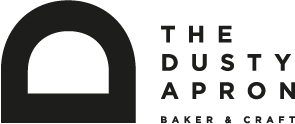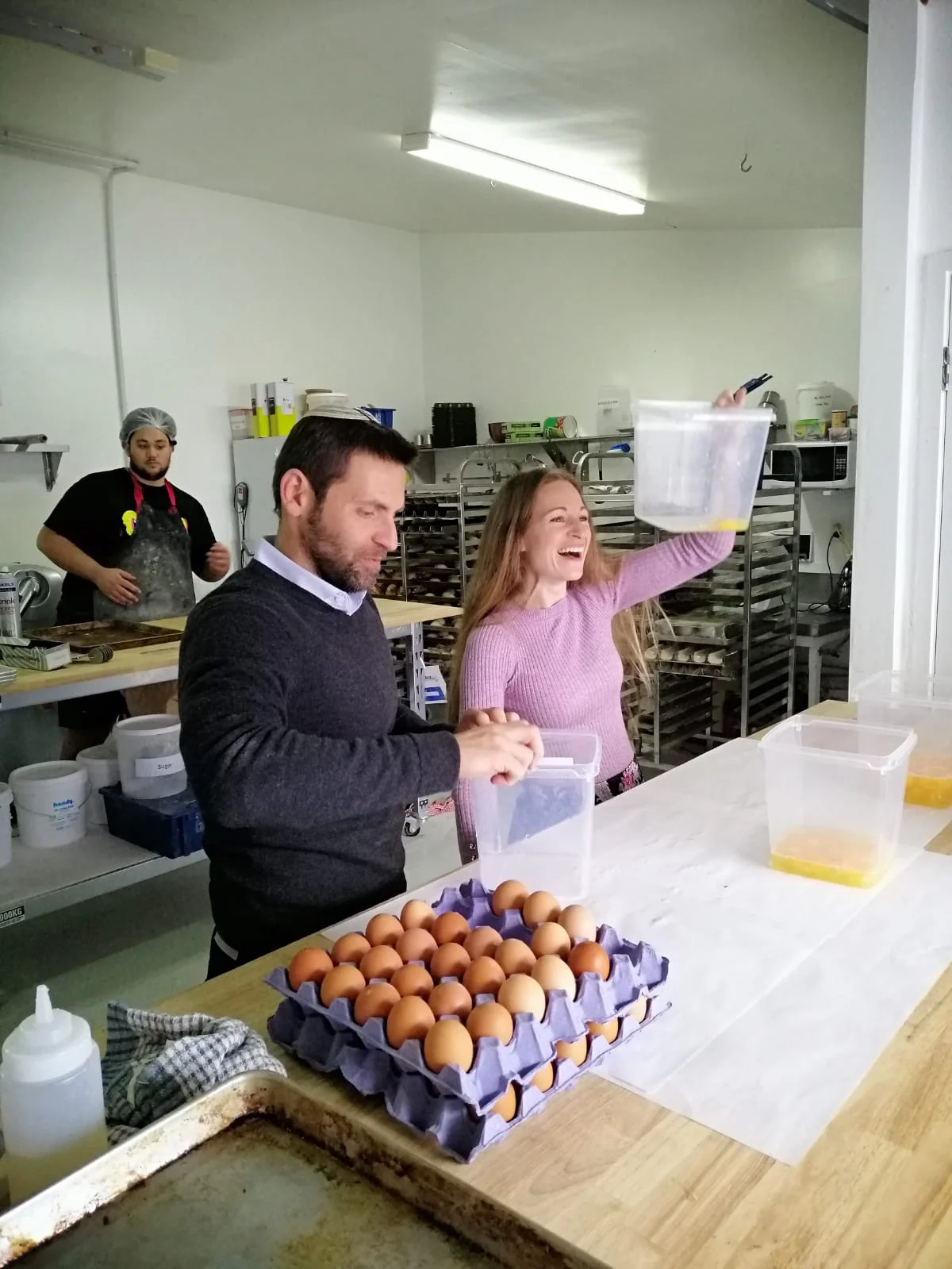A Rosh Hashanah table with plain and raisin braided rounds of challah (and NZ lamb, cos this is Aotearoa!). Photo and food styling: Catherene Wilson Photography @catherenewilson
Rosh Hashanah is the birthday of the universe, the day G‑d created Adam and Eve, and it’s celebrated as the head of the Jewish year. It begins at sundown on the eve of Sept. 15, 2023 and ends after nightfall on Sept. 17, 2023.
Rosh Hashanah feasts traditionally include round challah bread (studded with raisins) and apples dipped in honey, as well as other foods that symbolize wishes for a sweet year.
(source: https://www.chabad.org/library/article_cdo/aid/4644/jewish/Rosh-Hashanah.htm)
We wish a Happy New Year to all our friends celebrating #roshhashanah
Shana Tova!
Joy and happiness to you!
Catherene Wilson Photography @catherenewilson thank you for the beautiful photos!
#shanatova #shanatovah #shanahtovah #roshhashana #celebrations





